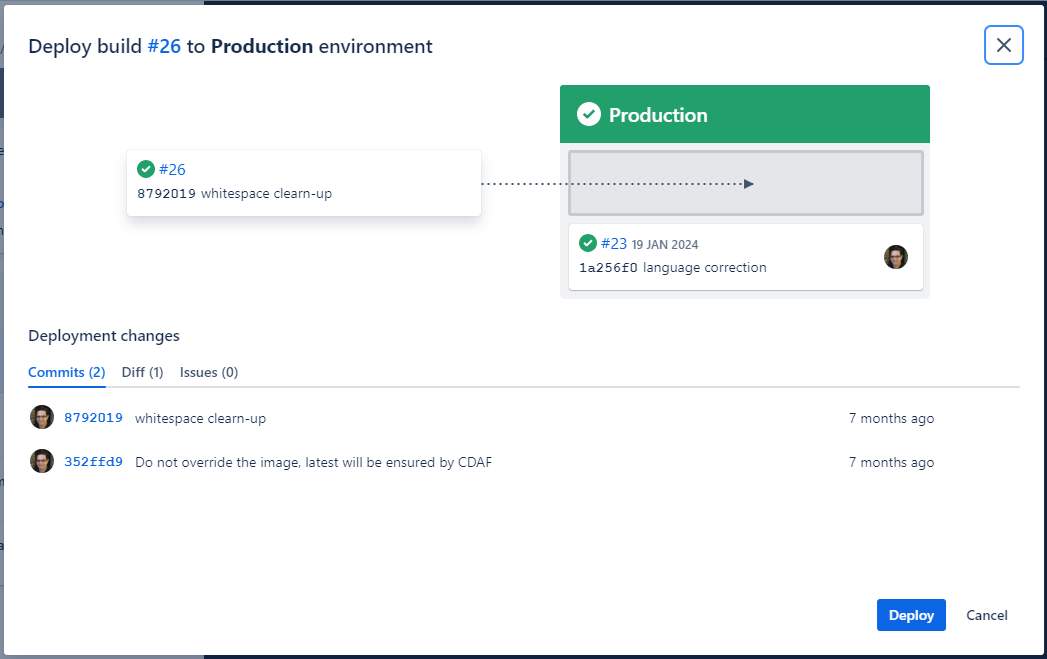Continuous Delivery
Continuous Delivery (CD) decouples the release activity from development activity. Unlike Continuous Deployment, Continuous Delivery has one or more approval gates. At time of writing, the majority of pipeline tools support approval gates, with the exception of the GitHub Free tier.
The Continuous Delivery Maturity Model
A fundamental aspect of Continuous Delivery is to build once and deploy many times. This means the output of the development process (Continuous Integration) is an artefact which can be re-used to deploy to multiple environments. The artefact represents the Release. Once this artefact is produced, the developer input is complete, and a non-development user, i.e. Test Managed or Product Owner can promote the release through various environments to production.
In this example, the first stage is Continuous Integration (CI) which produces the release. Each stage after that is automatically executed, with an integration test stage, and then deployment to the staging environment. After the deployment to staging, the pipeline stop, awaiting approval.

The release artefact in this example is #26, and this is re-used in each deployment phase.

The approval gate advises the approver of what release is currently in production (#23) and what release will be deployed.

Once approved, the same artefact that was tested, is now promoted to Production, completing the pipeline.

See the following reference from https://www.infoq.com/articles/Continuous-Delivery-Maturity-Model for the build once/deploy many construct.
